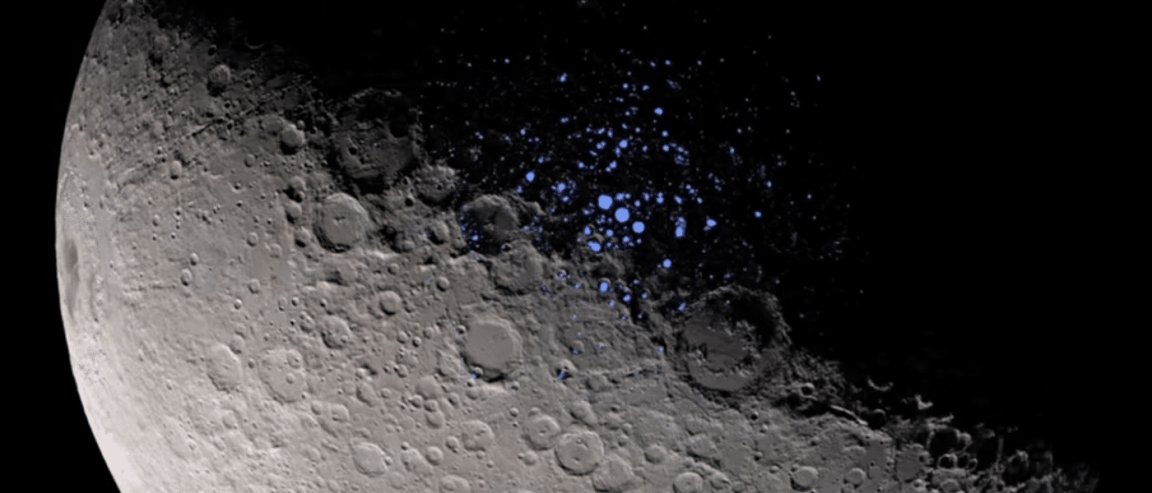
Discovering Ice on Ceres
When NASA’s Dawn Mission reached Ceres in March 2015, mysterious bright flashes caught the eyes of astronomers. These have already been explained by previous research, which points to the presence of ice on Ceres’ crust.
A new study, published in Nature Astronomy, now looks at the dark craters on Ceres’ perpetually shadowed regions. It would seem that these are “cold traps” where ice could be stored – a phenomenon observed on Mercury and our moon. Cold traps forming on Mercury and the moon can be explained, but the ones on Ceres are a bit more mysterious.
“We are interested in how this ice got there and how it managed to last so long,” said co-author Norbert Schorghofer. “It could have come from Ceres’ ice-rich crust, or it could have been delivered from space.”
“It is unlikely that the solar wind formed much of the water on Ceres, since it’s so far away from the sun,” said lead researcher Thomas Platz of the Max Planck Institute, after studying at least 634 of these cold traps on the shadow region.
With extremely low temperatures, the thick ice could not have turned into water vapor (unlike that found on the shiny peaks) even in billions of years. The researchers found deposits of bright materials in 10 of these craters. On one partially sunlight crater, they confirmed the presence of ice using Dawn’s infrared mapping spectrometer.

No Indications of Life

According to NASA, ice is everywhere on Ceres. Yes, ice is indicative of the presence of water – and where there is water, the conditions that support life are possible. But it may not be the case on Ceres, Platz said.
“It’s pretty cold in these permanent shadows — about 60 Kelvin [minus 351 degrees Fahrenheit, minus 213 degrees Celsius],” Platz said. “I presently don’t see how life can form in such places.”
So, if not life, what does the discovery of ice on Ceres have for us? Platz suggests the potential for space mining. “If you want to send any robotic devices into these shadows, they shouldn’t depend on solar-generated energy,” said Platz. “They’d need batteries, or maybe would need to climb back to the rim to charge their batteries.”
Ceres’ surface is found to have concentrations of iron, hydrogen, potassium, and carbon. Due to this dwarf planet’s relatively close location to Earth and Mars, it could indeed be a prime spot for space mining in the future.